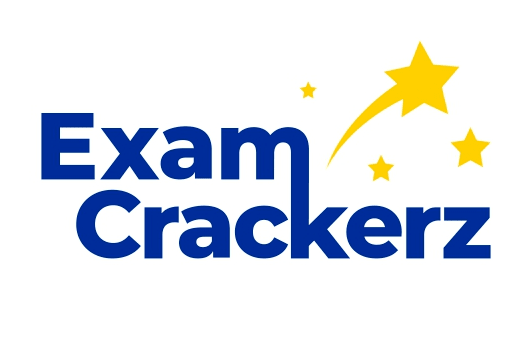Description
Exam Details
The Professional VMware Horizon 7.7 exam (2V0-51.19) which leads to VMware Certified Professional – Desktop and
Mobility 2021 certification is a 65-item exam, with a passing score of 300 using a scaled method. Candidates are given an
appointment time of 100 minutes, which includes adequate time to complete the exam for non-native English speakers.
Exam Delivery
This is a proctored exam delivered through Pearson VUE. For more information, visit the Pearson VUE website.
Certification Information
For details and a complete list of requirements and recommendations for attainment, please reference the VMware Education Services – Certification website.
Minimally Qualified Candidate
The minimally qualified candidate (MQC) has a foundation in vSphere implementation and administration. The candidate possesses typical vSphere skills, including creating and administering virtual machines, configuring host networking and storage, working with DRS, HA, and other cluster- related vSphere features. The candidate has built upon this foundation with 6-12 months of experience installing, configuring, and maintaining VMware Horizon environments. The successful candidate will likely have additional industry-recognized certifications and 2-5 years of general IT experience. The MQC should have all the knowledge contained in the VCP – Desktop and Mobility exam sections listed below.
Exam Sections
VMware exam blueprint sections are now standardized to the seven sections below, some of which may NOT be included in the final exam blueprint depending on the exam objectives.
Section 1 – Install and Configure Horizon Server Components
Section 2 – Create and Configure Pools
Section 3 – *Section 3 has been removed from this exam*
Section 4 – Configure and Manage Identity Manager
Section 5 – Configure and Manage User Environment Manager
Section 6 – Configure and Manage App Volumes
Section 7 – Configure vRealize Operations for Horizon
If a section is missing from the list below, please note it is because the exam has no testable objectives for that section. The objective numbering may be referenced in your score report at the end of your testing event for further preparation should a retake of the exam be necessary.
Sections Included in this Exam
Section 1 – Install and Configure Horizon Server Components
Objective 1.1 – Describe techniques to prepare environment for Horizon
Objective 1.2 – Determine procedures to install Horizon Components
Objective 1.3 – Determine steps to configure Horizon Components
Objective 1.4 – Analyze End User Requirements for Display Protocol Performance
Objective 1.5 – Diagnose and solve issues related to connectivity between Horizon server Components
Section 2 – Create and Configure Pools
Objective 2.1 – Configure and Manage Horizon Pools
Objective 2.2 – Build and Customize RDSH Server and Desktop Images
Section 3 – *Section 3 has been removed from this exam*
Section 4 – Configure and Manage Identity Manager
Objective 4.1 – Install and Configure VMware Identity Manager
Objective 4.2 – Manage VMware Identity Manager
Section 5 – Configure and Manage User Environment Manager
Objective 5.1 – Install and Configure VMware User Environment Manager
Objective 5.2 – Manage VMware User Environment Manager
Section 6 – Configure and Manage App Volumes
Objective 6.1 – Install and Configure VMware App Volumes
Objective 6.2 – Manage VMware AppStacks and writeable Volumes
Section 7 – Configure vRealize Operations for Horizon
Objective 7.1 – Install and Configure the adapter instance and Horizon Broker Agent





